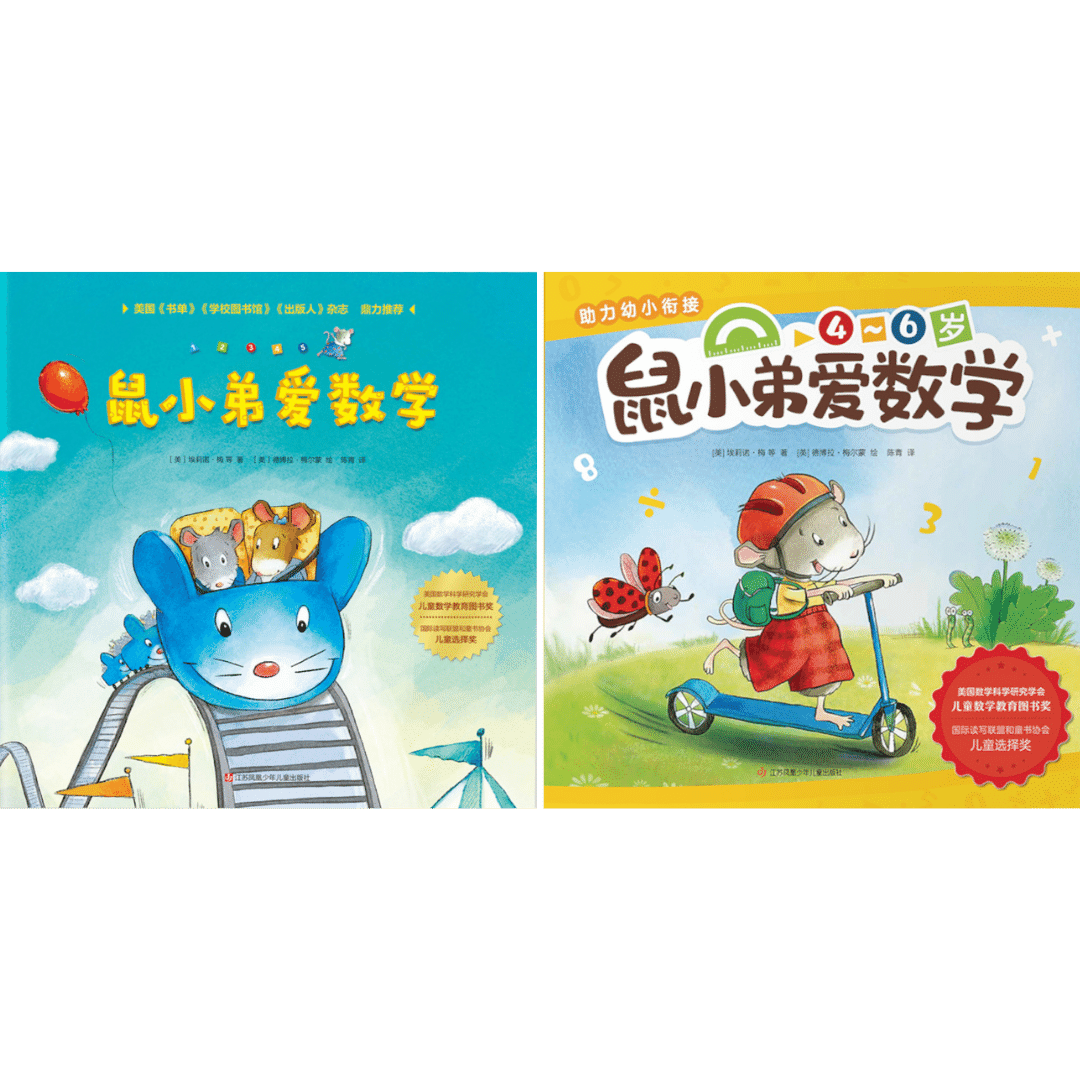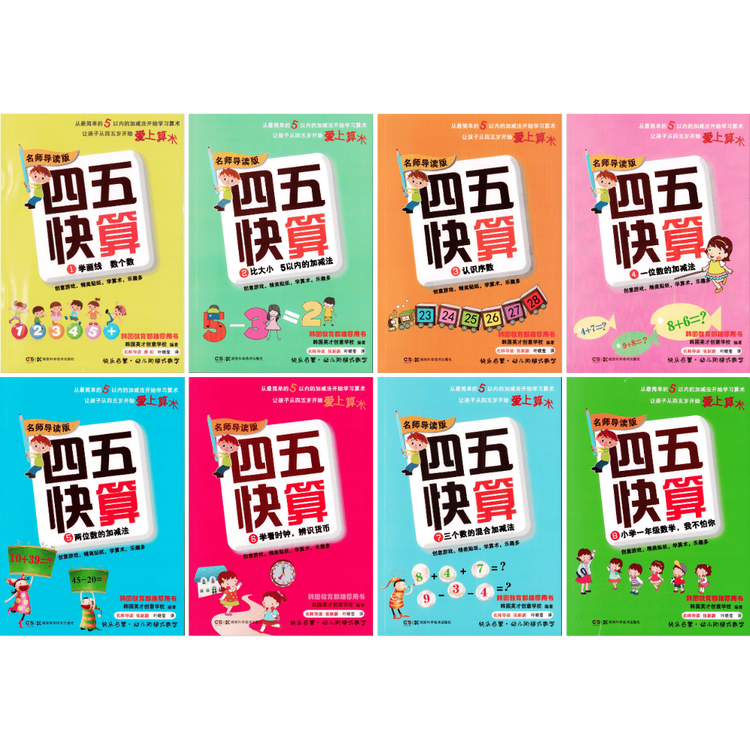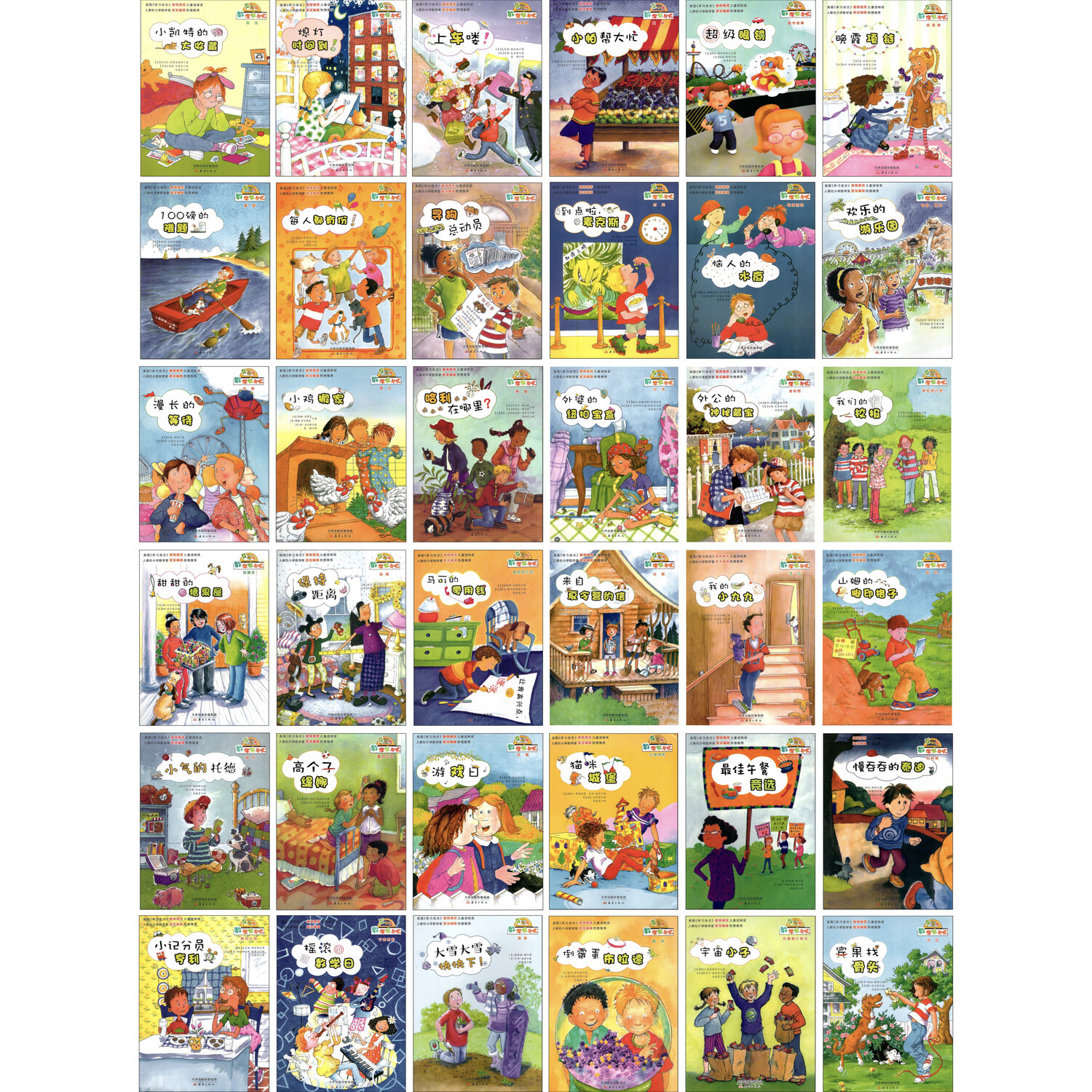A Guide to Learning Maths in Chinese
Maybe you’re at a stage where you’ve got some basic Chinese vocabulary in the bag. Or, maybe your child is attending nursery or school. Or, maybe you’re homeschooling and looking for some resources. Whatever your situation, you might be wondering whether you should let them learn their other subjects with Chinese. Actually, it’s a fantastic idea! (And we have all the books and resources to support you, too.)
Why should we bother?
Letting them learn other subjects in the Chinese language can greatly extend their knowledge and application of Chinese. It’ll help new vocabulary stick better. Plus, it gives more opportunities to practise in different scenarios! Learning in a different language also allows them to revise old topics in new, refreshing ways. They won’t be limited to monolingual resources, so perhaps they’ll learn something new along the way!
There are many advantages to letting children explore a subject in more than one language. Doing so really allows them to exercise their minds in all areas: linguistics, cognition, perception and more depending on the subject.
Why start with Maths?
Maths is a nice place to start because it’s actually very easy to pick up in Chinese. If you know the numbers, then you’re pretty much ready to start learning Maths in Chinese. The phrases like ‘__ plus __ equals’ are also very easy to learn and you’ll have plenty of practice since learning Maths requires a lot of repetition.
The next two sections will take you through:
How do these sets match up with the UK National Curriculum?
We combed through the UK Early Years Foundation Stage framework and the UK programmes of study for KS1 (Reception to Year 2) so that you don’t have to. We’ve summarised the main bulk of it below.
A tick will mean that most of the points (the key mathematic concepts) are covered in that set.
‘A little’ means that only one or two aspects are covered.
‘Required’ means that this standard should be acquired before starting this set.
Blank spaces mean that none of the points are covered.
Note: The table is best viewed on a desktop with a larger screen. If it doesn’t all fit, adjust your zoom setting (hold ‘Ctrl’ and press ’-’ to zoom out). If none of the above works, download and view this image of the table.
Winner: Math Matters
✅ Broad range of topics covered
✅ Great stories with real-life applications
✅ English translation at the back of each book
✅ Global Luka and scanning pen compatible
But keep these things in mind:
❌ More difficult to read
❌ Younger children may struggle with some of the books/topics
❌ Very little written practice (only a few questions at the back)
❔ The set is £79.99… But actually that works out to £2.22 per book!
If you’re looking for the Maths set that will carry you through their first few years at primary school, this is likely to work for you.
Alternative: Montessori Maths is Fun
The main disadvantages of the Math Matters Series is it’s reading difficulty and the age group. If those don’t work very well for you yet, Montessori Maths is the best next option.
✅ Good value: comes with high quality activities, teaching guide and video guides (via the QR code)
✅ Short and fun story books
✅ Montessori-based activities are really good.
But keep these things in mind:
❌ The video and booklet guides don’t have English translation
❌ No written practice
The title most similar to this is the Mouse Maths sets. These both focus on using story books and learning activities. We simply think the activities are so well thought-out, useful and can be reused many times.
However, coverage isn’t everything. Math Matters isn’t suitable for everyone. And perhaps you’re looking for more written practice. Take a quick look below to see if any of the prompts are a better match for your situation.
This is my situation…
-
At your stage, the Magic Maths Early Learning Classroom is perfect.
✅ Amazing activities (the UK curriculum would call these ‘manipulatives’)
✅ Workbooks with clear and large text for young children
✅ Sturdy, interactive books make learning and reading interesting
❌ Specialised board books mean the set is more expensive
-
Try Eleanor May’s Mouse Math series. The full series consists of 20 books.
✅ Spreads out costs (can be purchased in two parts)
✅ Covers all EYFS and most of KS1
✅ Well-paced and suitable difficulty for ages 3+
✅ Fun, short story books with activities included
❌ No written practice (like workbooks) included
❔ Activities are included! (But arguably limited compared to Magic Maths and Montessori Maths)
-
4, 5, Quick Maths are great! They are essentially Maths workbooks in Chinese.
✅ Very comprehensive and provides plenty of practice for basic arithmetic
✅ Great choice for regular revision or practice
❌ No stories or other reading
❌ Only covers addition, subtraction and a handful of other subjects
-
Definitely Montessori Maths is Fun.
✅ Best tie-in with the Early Years Montessori Method out of all our sets
✅ Great activities included which reinforce the pedagogy
✅ Good pacing for children ages 3–6
❌ Doesn’t cover KS2 curriculum
❌ No written practice (workbooks)
-
Try Math Matters. If you’re planning on using other resources to ensure they get the practice they need for maths, the stories and application summaries in each book will be helpful to you.
✅ Broad range of topics covered
✅ Great stories with real-life applications
✅ English translation at the back of each book
❌ More difficult to read and young children may find the maths topics difficult
❌ Very little written practice (only a few questions at the back)
Changelog:
Edited on 26/08/2023: Added a key for the comparison table and tips on viewing it on smaller screens. Also added an image version of the table for readers to download and view offsite.









